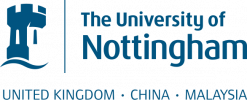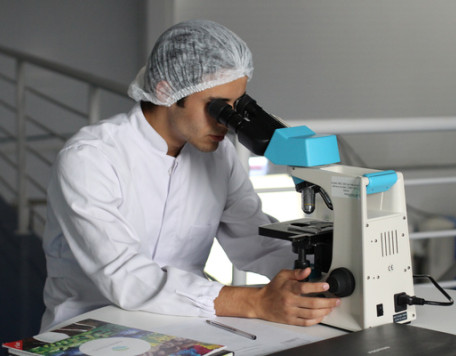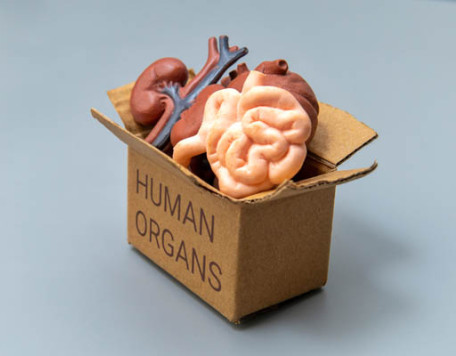© Pint of Science, 2025. All rights reserved.
Whether it's looking back, looking forward or looking up, science explores all avenues for understanding our place in the world and in the universe.
16 and 17 year old's are welcome with an accompanying adult.
16 and 17 year old's are welcome with an accompanying adult.
The patterns of the Universe — a guide to the art and science of our place in the cosmos
Dr. Ulrike Kuchner
(School of Physics and Astronomy, University of Nottingham )
Ulrike is an astronomer (PhD) and artist (MfA) based at the Uni of Nottingham. Her scientific research deals with the question of how mass is assembled in the Universe and how galaxies form and evolve over their lifetime. To do this, she bridges simulations of the cosmos with observations of world-class telescopes. As an artist and interdisciplinary researcher, she often joins, facilitates and studies interdisciplinary creative processes of art and science collaborations to integrate different approaches and knowledge systems. Her art deals with the themes of humanity and imperfections in data
How can Heritage Science allow us to go back in time?
Dr. Florence Liggins
(Department of Physics and Maths, Nottingham Trent University )
Florence is currently a Research Fellow in Imaging and Sensing for Archaeology, Art history and Conservation (ISAAC) at Nottingham Trent University. She studied Physics with Astronomy at Cardiff University, followed by a PhD in Laboratory Astrophysics with the Space and Atmospheric Physics group at Imperial College London.
Communicating with the far future
Jacob Home
(Nuclear Innovation and Research Office)
Jacob joined the nuclear industry in 2013 after completing an MSc in nuclear physics and technology. He has worked in a number of different areas including nuclear new build, defence and government policy. He has been involved in the wider international nuclear industry through young generation networks. He is currently seconded to the Nuclear Innovation & Research Office where he supports the Government's Advanced Modular Reactor programmes. In 2020 he received his Chartered Engineer status from the Nuclear Institute and Chartered Physicist status from the Institute of Physics.
Map data © OpenStreetMap contributors.
Other Canal House events
2025-05-20
Sex, Blood and Sausage Rolls
Canal House
48-52 Canal St, Nottingham, NG1 7EH, United Kingdom
2025-05-21
CTRL + P: Printing the Future
Canal House
48-52 Canal St, Nottingham, NG1 7EH, United Kingdom



